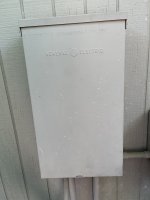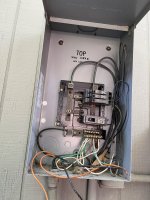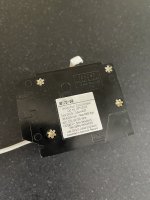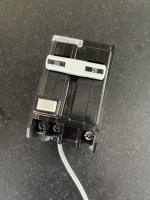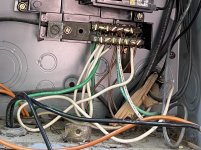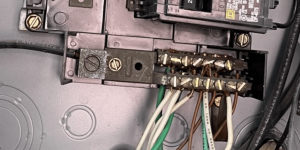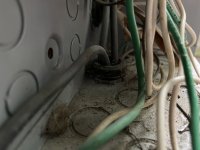Hi-
About 15 minutes after my pump came on this morning the GFCI breaker died again. I last replaced it almost 3 years ago in Sep 2019. I also replaced it in 2013 (as best as I can remember).
Any idea what the normal lifespan is on these?
The one that died is a Cutler Hammer GFTCB220 20 Amp 2 Pole GFCI Circuit Breaker.
I bought the last one of Amazon, so maybe I got a refurb or used item, who knows.
My pool electrical box is mounted on the outside of my garage under an awning.
I don’t have a recommended electrical supply store near me, normally I prefer to buy in person, but not keen to drive 30 minutes to a random supply store.
It looks like this Siemens unit at lowes will work, but it will be a tight fit in the breaker box.
About 15 minutes after my pump came on this morning the GFCI breaker died again. I last replaced it almost 3 years ago in Sep 2019. I also replaced it in 2013 (as best as I can remember).
Any idea what the normal lifespan is on these?
The one that died is a Cutler Hammer GFTCB220 20 Amp 2 Pole GFCI Circuit Breaker.
I bought the last one of Amazon, so maybe I got a refurb or used item, who knows.
My pool electrical box is mounted on the outside of my garage under an awning.
I don’t have a recommended electrical supply store near me, normally I prefer to buy in person, but not keen to drive 30 minutes to a random supply store.
It looks like this Siemens unit at lowes will work, but it will be a tight fit in the breaker box.


